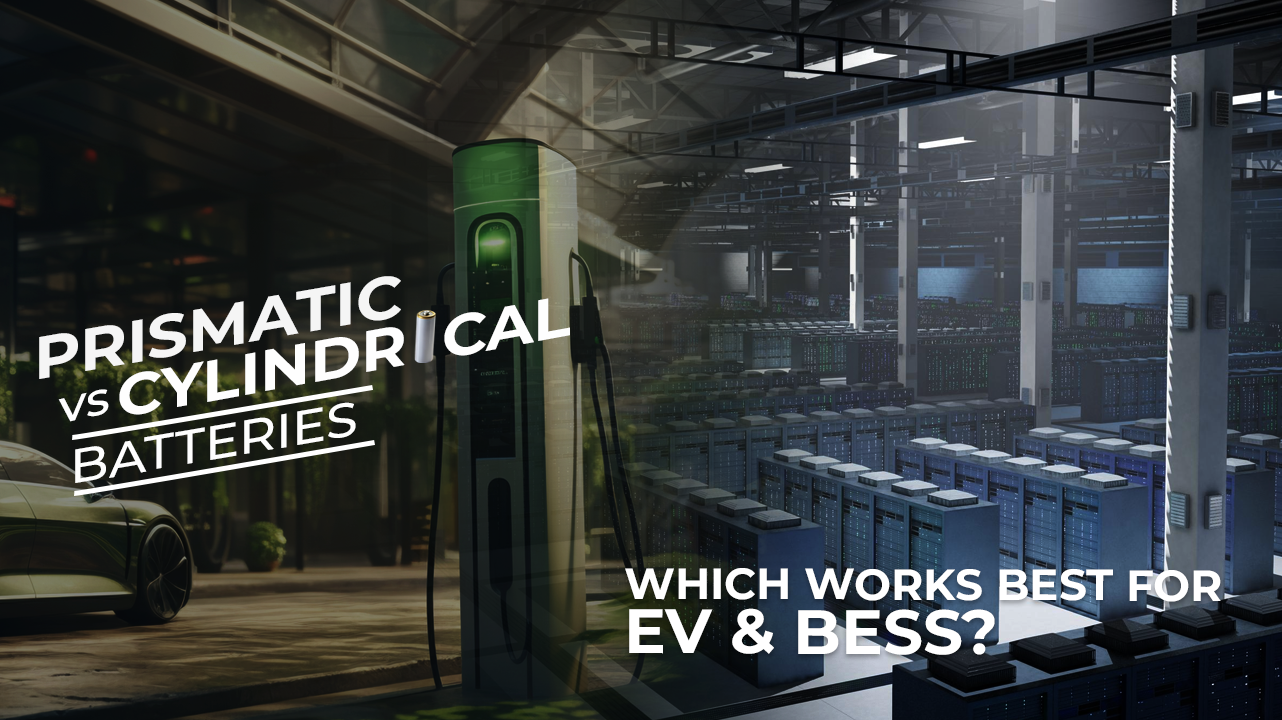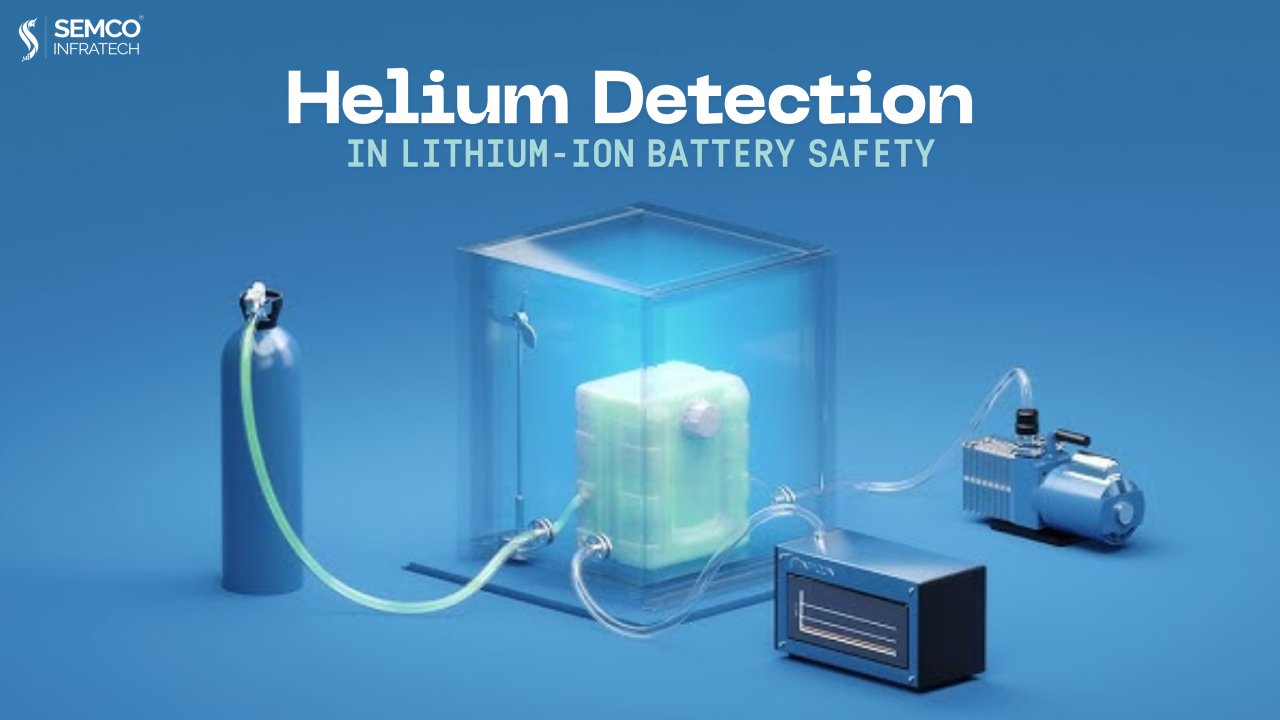Navigating the world of batteries for electric vehicles (EVs) and Battery Energy Storage Systems (BESS) can be confusing. Two main types dominate the conversation: prismatic vs cylindrical batteries. While both are based on lithium-ion chemistry, their different shapes and internal structures have a huge impact on their performance, safety, and ideal applications. Understanding these differences is key to knowing which one works best for a given purpose.
Cylindrical Batteries: The Tried-and-True Performer
Think of a cylindrical battery, and you’re essentially picturing a beefed-up version of the AA batteries in your remote. These cells consist of long, coiled layers of anode, cathode, and separator, all encased in a robust metal can. Their standardized sizes, like the popular 18650 and 2170, have made them a go-to choice for a long time.
Pros:
- Safety and Durability: The cylindrical shape evenly distributes internal pressure, making them inherently more resistant to swelling and mechanical stress. The rigid casing provides excellent protection against external damage.
- Excellent Thermal Management: The gaps between individual cylindrical cells when they’re packed together create natural channels for airflow or liquid cooling, making it easier to manage heat and prevent “thermal runaway.”
- High Power Output: The coiled design allows for a large surface area for chemical reactions, enabling a high discharge rate, which is great for performance-oriented applications like high-end EVs.
- Mature Manufacturing: With a long history of use, the manufacturing process for cylindrical cells is highly automated and efficient, leading to lower production costs per kilowatt-hour ($/kWh).
Cons:
- Less Space Efficient: The round shape leaves empty spaces when cells are packed into a module, reducing the overall volumetric energy density of the battery pack.
- Complexity: Building a large-scale pack requires connecting hundreds or even thousands of these small cells, which adds complexity to the manufacturing process and creates many potential points of failure.
Cylindrical batteries have been a favorite for EV battery types due to their proven safety, reliability, and power delivery. Tesla, for instance, has famously used them in their vehicles, a testament to their performance.
Prismatic Batteries: The Space-Saving Solution
Prismatic batteries are a more modern design, characterized by their flat, rectangular shape and hard metal casing. They are much larger than cylindrical cells and are often used as a single unit or in a small series to form a pack. Instead of being coiled, the internal components are typically stacked in layers.
Pros:
- Superior Space Utilization: Their brick-like shape allows for efficient stacking with minimal wasted space, resulting in a higher volumetric energy density for the entire pack. This is a huge advantage for applications where space is at a premium.
- Simplified Assembly: Because they are larger, you need fewer of them to build a battery pack of the same capacity. This simplifies the assembly process, reduces the number of connections, and lowers manufacturing costs. This is particularly beneficial for BESS battery comparison.
- Structural Integrity: The large, flat surfaces of prismatic cells can be integrated into the vehicle’s or system’s structure itself, creating a “cell-to-pack” design that enhances the overall rigidity and reduces weight.
Cons:
- Lower Thermal Performance: The close stacking of prismatic cells can make heat dissipation more challenging, as there are no natural air channels. This requires more sophisticated and often more expensive cooling systems.
- Mechanical Stress: The large, rigid casing can be susceptible to swelling, which requires careful management and can impact the battery’s lifespan.
Prismatic cells are gaining popularity in both EVs and BESS. Their ability to maximize space makes them an excellent choice for large-scale energy storage projects where every cubic inch counts. Many modern EVs, particularly those from Asian manufacturers like BYD, have also adopted them.
The Verdict: It’s All About the Application
There is no single winner in the prismatic vs cylindrical battery debate. The best choice depends entirely on the application’s specific needs.
For EVs, the choice is often a trade-off between power and space.
- Cylindrical batteries are a great fit for high-performance EVs where power, speed, and proven safety are paramount. Their robust design and thermal management advantages are a major plus.
- Prismatic batteries are increasingly favored for mass-market EVs and long-range vehicles where maximizing the space for a larger battery is critical to extending driving range.
For BESS, the answer is more straightforward.
- Prismatic cells are generally preferred for large, grid-scale renewable energy storage. Their high volumetric energy density, simplified assembly, and potential for structural integration make them the ideal choice for storing massive amounts of energy in a compact footprint.
Ultimately, the market will continue to innovate with both cell types. The development of larger cylindrical cells (like Tesla’s 4680) aims to address their space limitations, while improvements in prismatic battery thermal management are making them safer and more efficient. The competition between these two formats will drive the entire battery industry forward, benefiting both our cars and our power grids.





